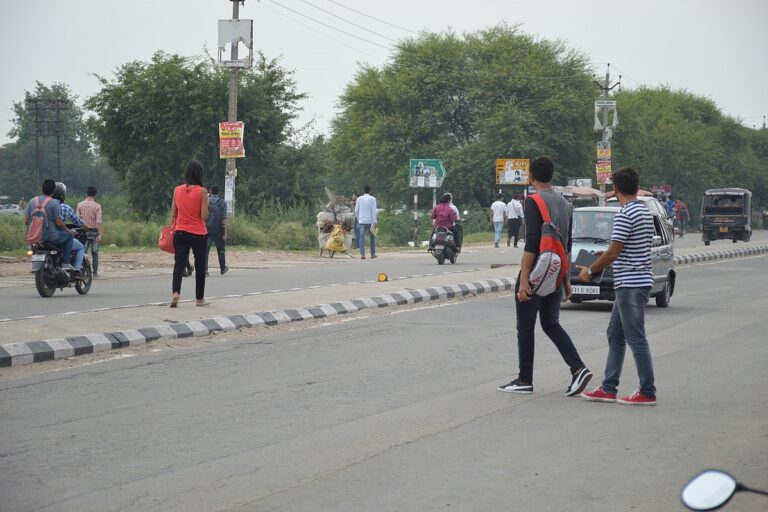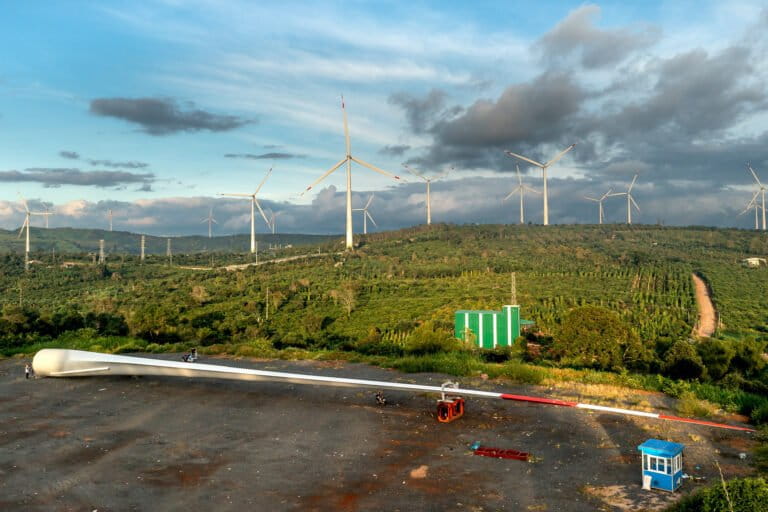
Mongabay series: Climate Connections
Mongabay-India's Climate Connections project aims to raise awareness about the nuances of India’s climate actions. India is one of the world’s fastest-growing economies and among the world’s biggest markets. These two factors together drive energy consumption and the use of fossil fuels. Further, the country is already witnessing a massive impact due to climate change. In such a scenario, the actions planned by the government, industry, and communities for climate change mitigation in India are of critical importance for stabilising the global climate system. As a signatory to the Paris Agreement, a legally binding international treaty on climate change, India has pledged to limit global warming to well below 2, preferably to 1.5 degrees Celsius, compared to pre-industrial levels. India updated its nationally determined contributions in keeping with the Paris Agreement, outlining major mitigation goals. By 2030, the country committed to reducing the emissions intensity of its GDP by 45 % of the 2005 value; generating about 50% of its power requirement from renewable sources, and creating an additional carbon sink of 2.5 to 3 billion tons of carbon dioxide equivalent through additional forest and tree cover. These commitments, with a focus on reducing greenhouse gas emissions, are driving the trajectory of India’s growth. India is highly vulnerable to extreme weather events. The year 2020 brought in its share of climate-related calamities, including floods in many parts of the country. Cyclone Amphan that hit India and Bangladesh coasts in 2020 became the costliest cyclone on record in the northern Indian Ocean. The impacts were amplified by the coronavirus pandemic. The already slowing economy was thrown into a deep slump. These events prompted a slew of economic reforms by the Indian government, mostly focused on activities that would help adapt to the new normal, with a thrust on climate adaptation. At such a time when fresh policies are being formulated, heightened media discourse on climate action is much needed.


When citizens take ownership of urban commons

Monsoon left widespread destruction and uneasy questions in Himachal

[Explainer] Why are intense storms and erratic rainfall events becoming more frequent?

Punjab implements policy to prioritise pedestrians

Is the UN carbon neutral? No, finds an investigation.

[Commentary] Disaster resilience in the built environment

A village contaminated by industrial waste has been waiting for justice for over three decades

Changes in local climate impact Kachchh’s traditional crafts and craftspeople

Climate action not on track to meet Paris Agreement goals, says Global Stocktake report

Hill station waste needs better plan, not just plastic ban

Climate action a priority in G20 Delhi Declaration

Exploring airshed management as a solution to India’s pollution woes

[Explainer] Why mitigating methane emissions matters

Behind Punjab’s smoke screen, Madhya Pradesh’s stubble burning problem goes unnoticed

Microplastics in J&K’s waterbodies dangerous to ecosystems and humans alike

Using social media images to better respond to disasters

Gig workers in India are exposed to highly polluted air and carcinogens, finds preliminary study

Madhya Pradesh farmers burn the stubble from rabi harvest, to grow a third crop before kharif

[Explainer] Living with microplastics, is not fantastic
Special series
Wetland Champions
- [Commentary] India establishes the largest network of Ramsar Sites in South Asia
- [Commentary] Wetland champions: Promise from the grassroots
- The story of Jakkur lake sets an example for inclusive rejuvenation projects
- Welcome to Tsomgo lake: Please don’t litter

Environment And Health
- Marine plastic pollution is not just a waste problem; reducing production is needed too
- Stitching sustainability amidst climate change challenges
- Gujarat bans exotic Conocarpus tree amid health and environment hazard
- Malaria-carrying mosquitoes shift homes from forests to rice fields

India's Iconic Landscapes
- Majuli’s shrinking wetlands and their fight for survival
- Saving India’s wild ‘unicorns’
- Indrella ampulla’s genetic tapestry unveils colour morphs isolated across the Palghat Gap
- [Commentary] Up close and personal with the fragility of the Himalayas
Beyond Protected Areas
- Wildlife rescue operations in Kashmir face an uphill battle with rising human-wildife conflict
- Pathogens find new pathways as agriculture, deforestation intensify
- Measuring the scavenging value of vultures
- New rules spell giant troubles for jumbos

Conserving Agro-biodiversity
- Pricey guests: Urban invasive species cost the world billions every year
- [Commentary] GROW with agroforestry, a step towards sustainable land management
- Millet tradition loses flavour among Madhya Pradesh’s tribals
- A village nurtures traditional food systems in response to climate change

Just Transitions
- How unplanned coal mine closures in India are affecting dependent communities, especially women
- Green Credit Scheme’s ‘methodology’ doesn’t inspire confidence among experts
- Conflict over critical mineral prospecting in Odisha signals need for better community involvement
- Fuel leak in Manipur raises concerns over water contamination






















